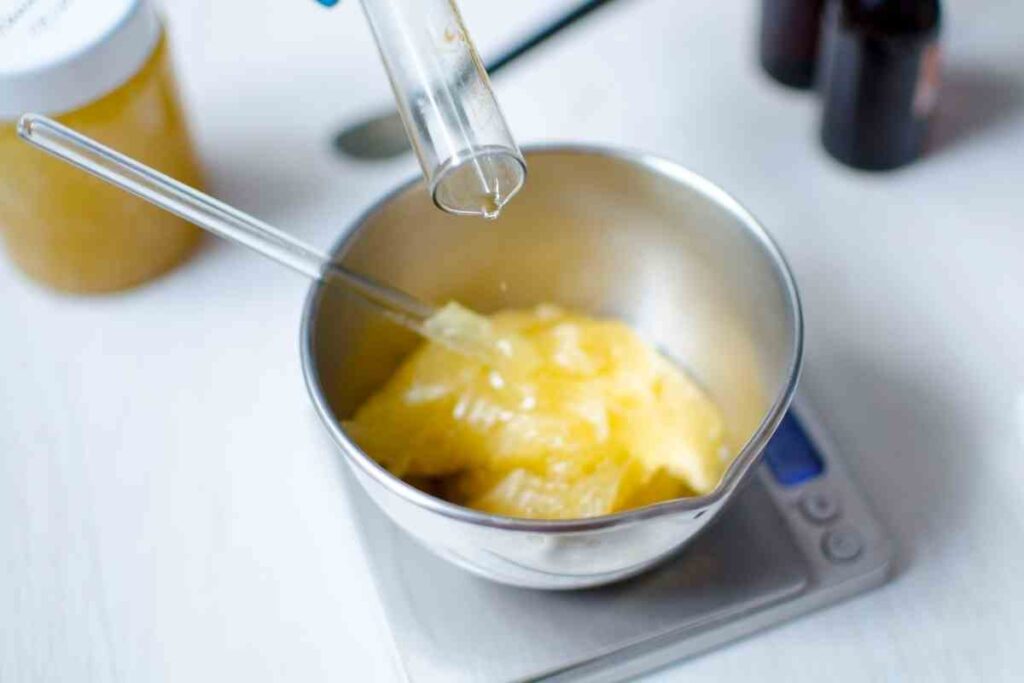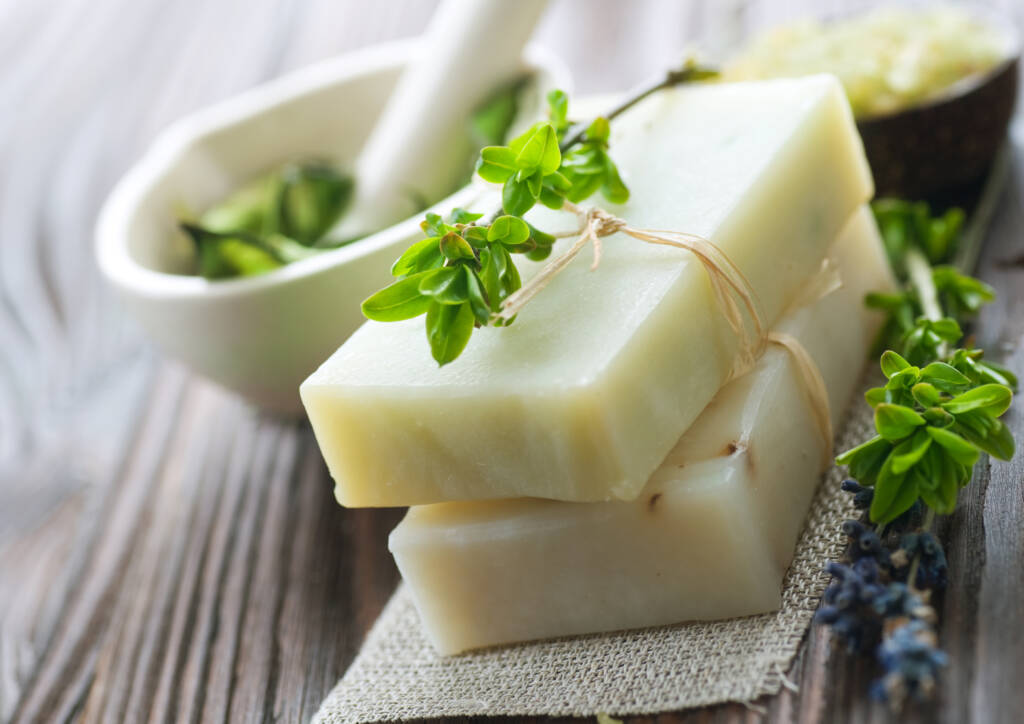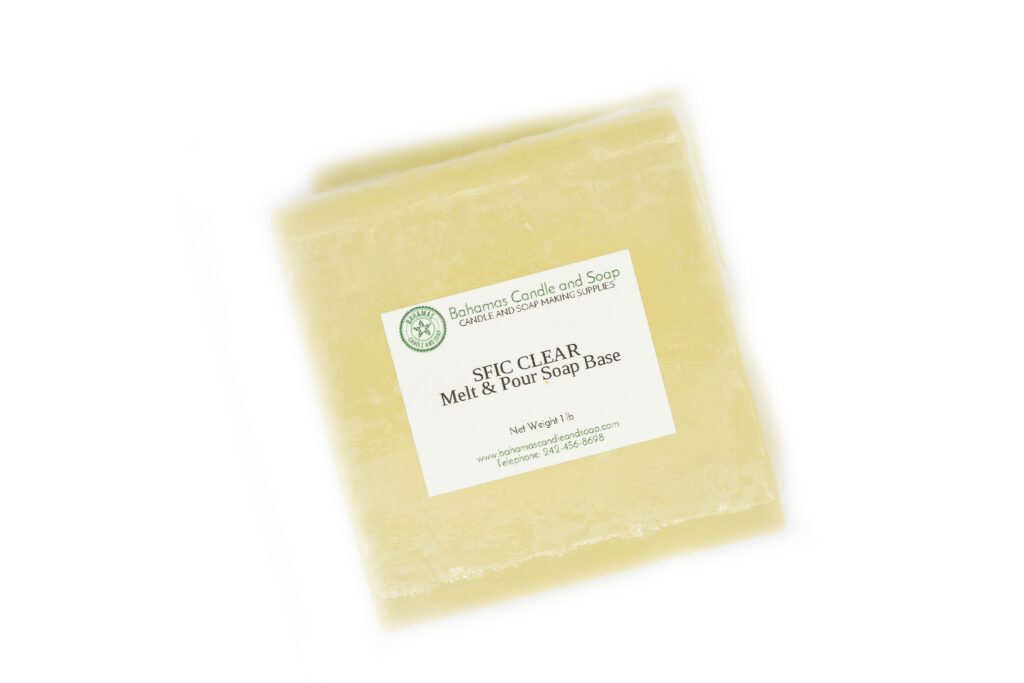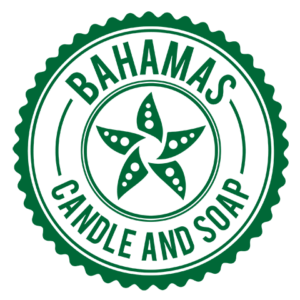Melt and pour soap is fast becoming the go to method for soap making. Its quick and easy and has a low entry barrier, however the question does come up. If it is so easy, is it made from natural ingredients?
Melt and pour soap is made from 95% natural ingredients, the other 5% depends on how the lye substance is made. Making soap requires fats or oils, water and lye (sodium hydroxide). It is this lye that makes up the 5% of inorganic compound.
Lye is made two ways, as a biproduct of chlorine from the manufacturer or the more natural way from wood ash.
Lye from the manufacturer – Lye is made “On a commercial scale, Caustic soda (sodium hydroxide) can be prepared by an aqueous solution of sodium carbonate (Na2CO3) is treated with hot milk of lime i.e. Ca(OH)2 in a tank made up of iron.
The precipitate of Calcium carbonate (CaCO3) is removed by filtration and the solution is used for paper making, soap and detergents.” – Source byjus.com
Lye from wood ash – “You can make your own potassium hydroxide lye by soaking wood ash in rain water, and this type of lye is ideal for making liquid soaps.” – Source Wikihow.com

What ingredients are used in melt and pour soap?
A simple list of natural ingredients to make a basic clear melt and pour soap base are;
- Water (preferably distilled water) or other liquid
- Sodium Hydroxide (lye)
- Oils – vegetable or animal
- Stearic acid
- Glycerin
- Propyl alcohol
- Refined sugar
Other ingredients can be added to make various types of soap bases.

How natural are the natural ingredients in melt and pour soaps?
To fully answer this question lets break down the ingredients and see how natural they really can be.
- Water (preferably distilled water) or other liquid
- Yes. Using distilled water. This is as natural and pure as you can get. Distilled water has all of the dissolved solids that were in the water removed. This makes it as pure and natural as can be
- Sodium Hydroxide (lye)
- Maybe, If the lye is made from wood ash it is a natural biproduct but not naturally occurring in nature. If the lye was made in a factory then its the bi product of making chlorine which means its more chemically made although it is an inorganic compound.
- This becomes a grey area for natural vs not natural because it does not naturally occur in the wild but is a bi product.
- Oils – vegetable or animal
- Yes, Vegetable oils are as natural as you can get. Even if you decide to cold press your own oils such as coconut oil this will be a very natural product.
- Stearic acid
- Yes, stearic acid is a natural compound that scientific minds may know as octadecanoic acid, and is present in humans, animals and some plants.
- Glycerin
- Yes, much like stearic acid glycerin can be derived from vegetable oils or animal fats.
- Propyl alcohol
- Maybe. The alcohol can be derived from petroleum products making it not so natural for humans but it breaks down in the body and is considered safe by the FDA.
- Refined sugar
- Yes. Sugar made from cane or beets either are all natural

What is melt and pour soap?
Melt and pour soap is actual soap that has already gone throughout the saponification process where a few additives were incorporated to allow the soap to be melted molded and remelted as needed.
When soap goes through the saponification process, the lye bonds with the fats or oils and creates soap. At the end of this process the lye that was added no longer exist as it has been chemically bonded and changed into soap.
Melt and pour soap has the ability to be heated and melted and hardened a number of times once its kept at the right temperatures. This makes it a great soap for beginners and children.
Melt and pour soap also has the ability to accept other additives such as color, fragrance, botanicals, and hard objects to increase the beauty and experience of using the soap.
How is melt and pour soap made?
Melt and pour soap is made by combining oils or fats, lye water, glycerin, sugar solution and stearic acid. All these natural ingredients are combined and are used to make the soap but with the ability to be melted and remelted to be molded.
This ability to be melted and remelted is what makes melt and pour soap so popular. Add to this the fact that there is no lye to work with makes the process even easier for soapers.
Other additives can be added to the soap such as shea butter, aloe vera and goats’ milk to make those particular soap bases.
The actual process by the large manufactures are not known to the public but the base recipe is still the same.
Is it safe to use melt and pour soap?
Yes, Melt and pour soap is completely safe to use on your skin. It is actual soap as mandated by the FDA and other organizations. It’s composition makes it safe to use on a variety of skin types.
There are some soap bases are used on children with great results while others are used on persons with skin issues such as eczema.
It is because soap is a combination of ingredients that bond to each other to create a new product, much of what was initially added to the soap to make it would no longer exist in its original state.
A good example of this is lye. Once lye is dissolved into water and combined with oils it is converted into a new substance, we call soap.
Recent Posts
Best Practices for Using, Storing, and Keeping Soap Molds for a Long Time
Soap making can be a rewarding and creative pursuit, allowing artisans to craft unique products while exploring their artistic side. One of the most critical components of this process is the soap...
Recommended Soap Molds Soap making can be an exciting hobby or even a profitable business but you wont get very far if you make a batch of soap and have no way to shape and mold it. This is where...
